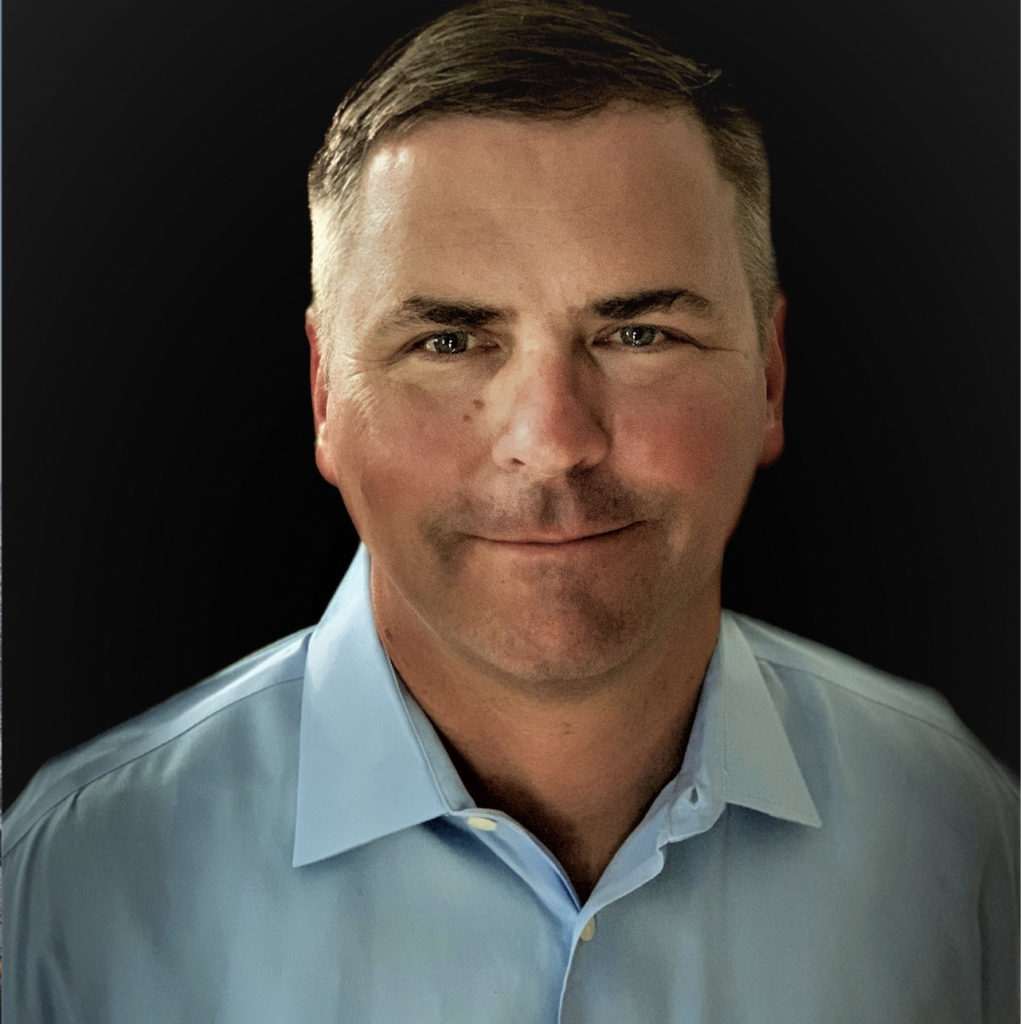
As the COVID-19 pandemic persists across the country, seniors may once again be forced to isolate from loved ones to remain safe. This can be concerning for caregivers, both professional and family, who are responsible for checking in on an elderly patient or loved one in person.
For caregivers who are unable to physically visit their patients or loved ones, smart home technology can be a unique solution as they allow caregivers to check in remotely and even help recognize when health issues may be arising. Most importantly, these tools allow caregivers to focus more on their personal relationships with their seniors rather than constantly having to question them about health-related items.
Smart home safety and medical alert systems
Smart home systems aren’t only for the tech-savvy. These devices can be programmed to perform simple but surprisingly helpful functions like automatically locking doors at night, announcing specific reminders via a smart speaker, changing the thermostat depending on time of day, turning on a motion-activated light at night to illuminate a clear path, and more. Smart home security systems can add another layer of protection by alerting emergency responders when a carbon monoxide or smoke event occurs in the home, ensuring that a senior gets help even if they may not realize that something is amiss. These automations can help seniors improve basic safety around the home and assist those who might be forgetful.
Another great tool to help seniors stay protected are Personal Emergency Response Systems (PERS). PERS can help seniors age in place knowing that they have emergency response at the push of a button, which brings greater peace of mind to caregivers and loved ones too. PERS offerings can include fall detection capabilities that trigger a call when a customer falls and wall-mounted buttons that can be placed in easy-to-reach places such as a bedside table, shower, or tub. Combining smart home security with medical alert systems can provide a robust umbrella of safety, wellness, and security.
Monitoring remotely
When concerned about a loved one, it may be tempting to call them throughout the day to check in, but that often causes anxiety and frustration on both sides. With smart home devices, caregivers can remotely monitor their senior’s activity throughout the day and ensure that activity levels are as expected. With cameras and two-way talk, a caregiver can check in via live video or ask a question and talk directly to the senior on the other end. Strategically positioned motion sensors can be helpful to make sure a senior is up and walking around during the day and door and window sensors can be repurposed for different reasons, like checking that a senior has accessed their medicine cabinet if they are expected to take medication. These sensors can also be used for more simple reasons, for example, checking to see if the senior is awake so the caregiver doesn’t call them when they are trying to sleep.
Recognizing patterns
Smart home devices can be used to recognize our health and behavioral habits. When there is a noticeable change in our daily patterns, whether that is staying in bed longer or using the bathroom more frequently, it can sometimes signify that something is wrong, or that a health issue is arising. With devices like motion detectors, users can set up notifications to alert their caregiver or loved one when certain events or patterns occur, whether expected or not. Using smart devices to recognize these events could help predict health issues sooner and alert family members that they might need to contact a medical professional.
Smart home and medical alert systems can help make life simpler and safer for seniors and their caregivers, especially if they are not able to be together. Knowing that certain safety measures are in place and being able to check-in remotely can provide immense peace of mind to a caregiver and help seniors continue to live their lives as independently as possible.
Andy Droney is senior director of health and innovation programs for ADT.




